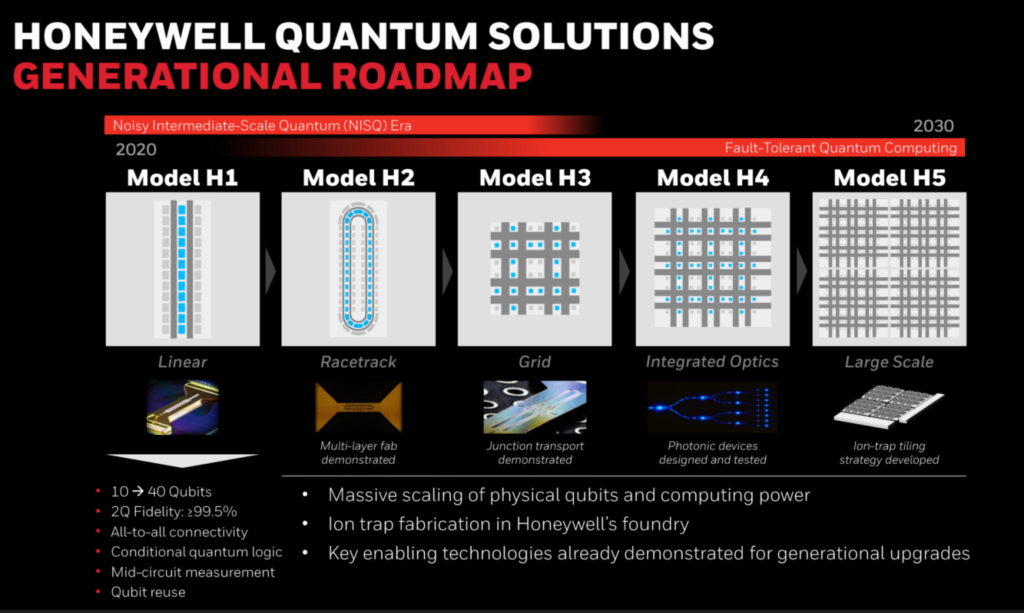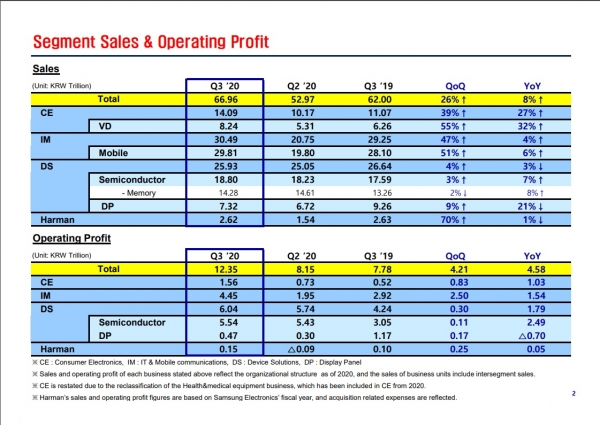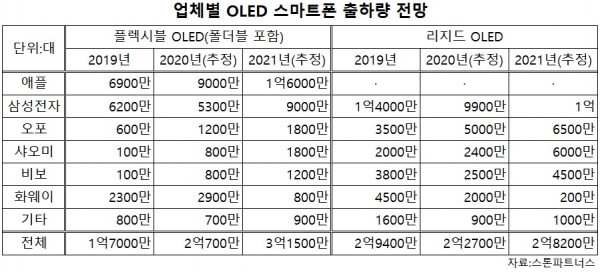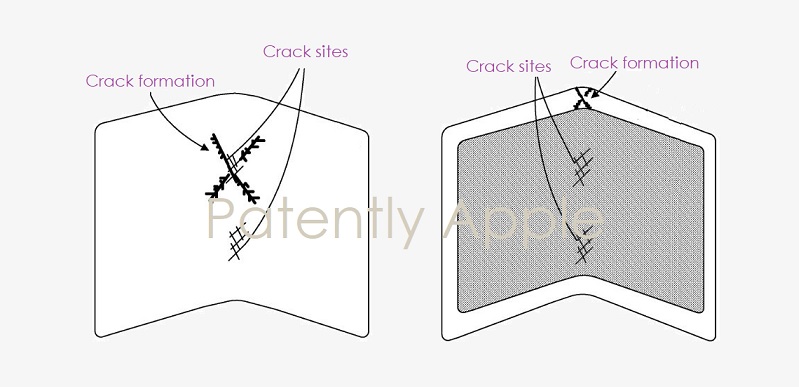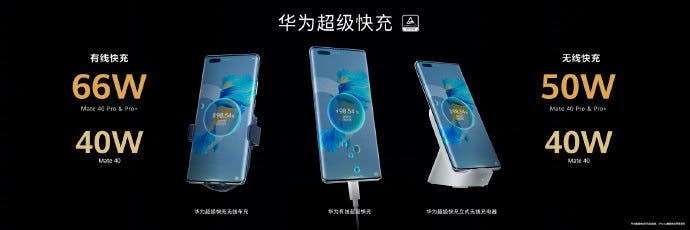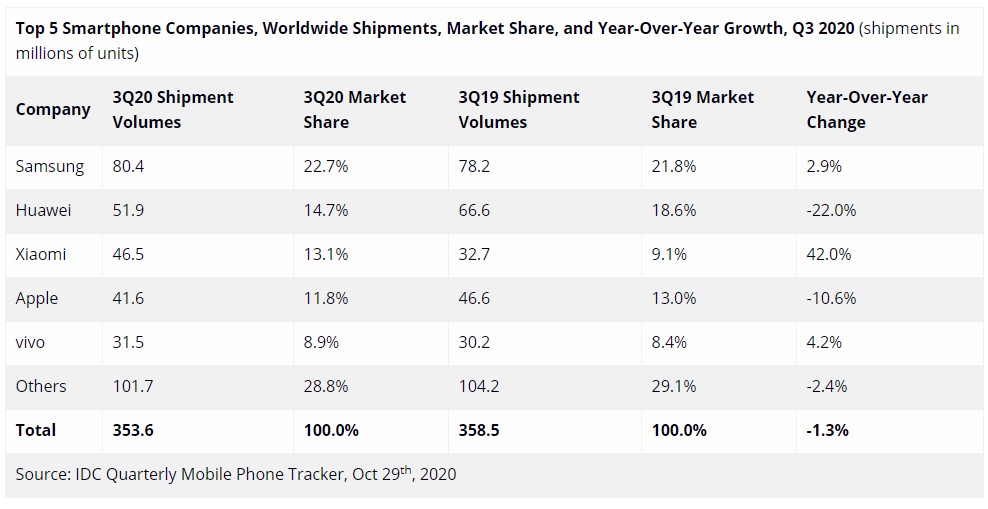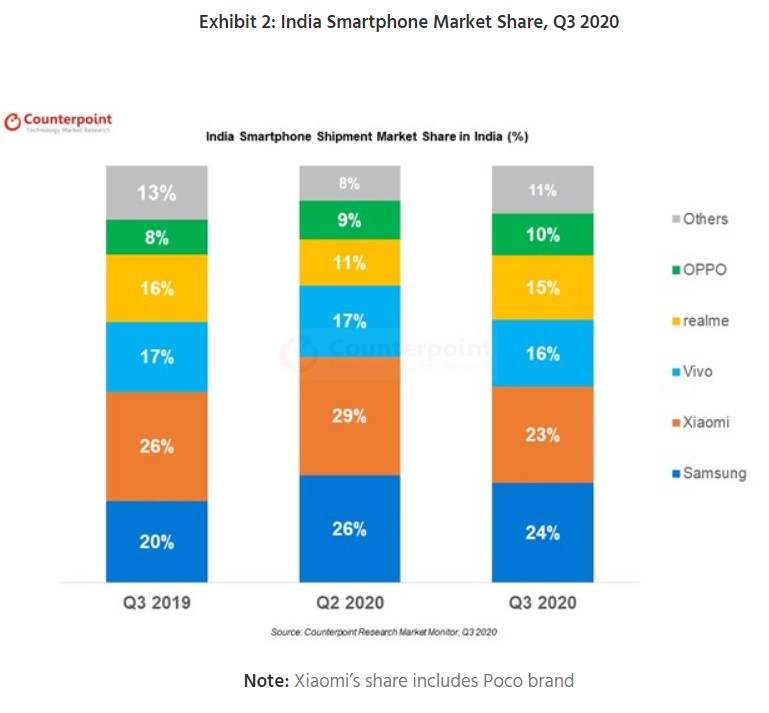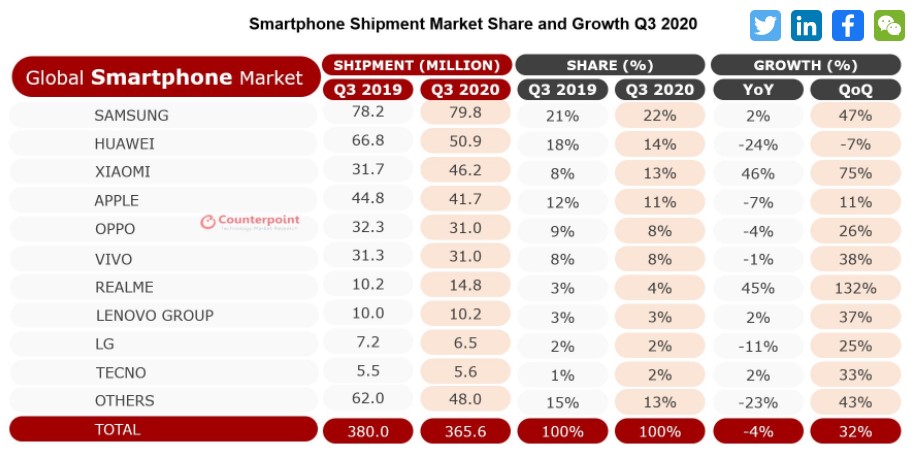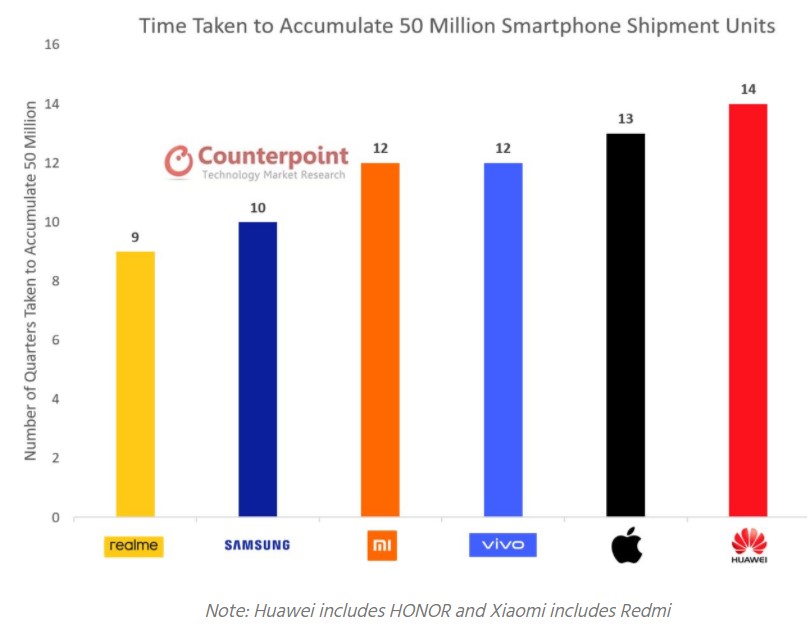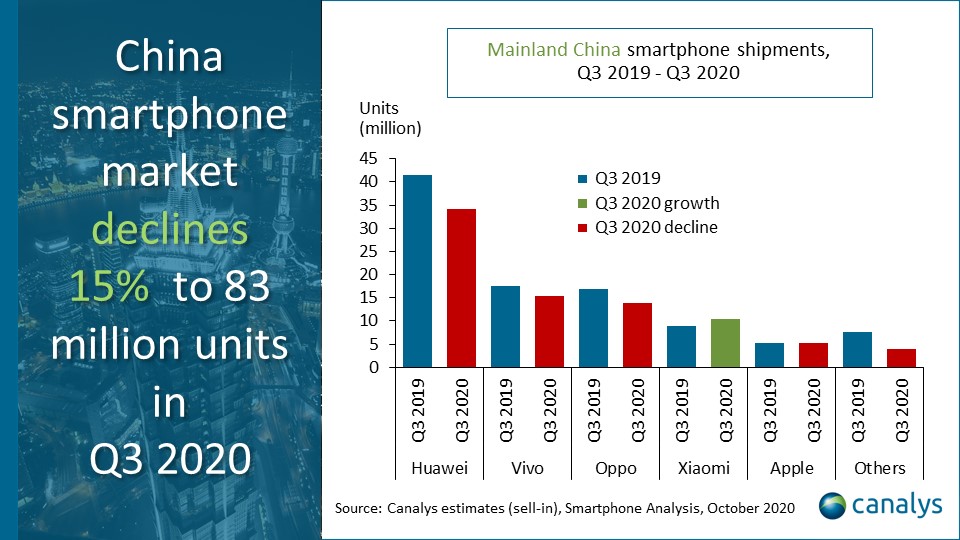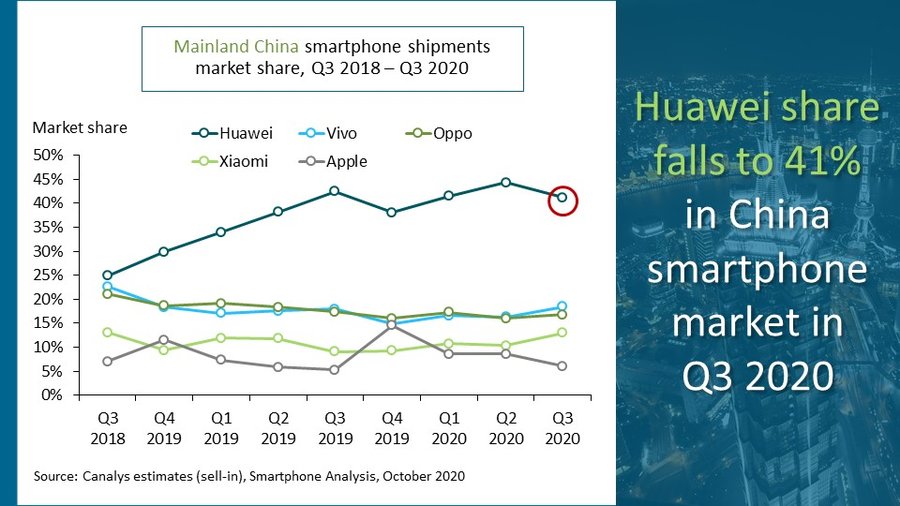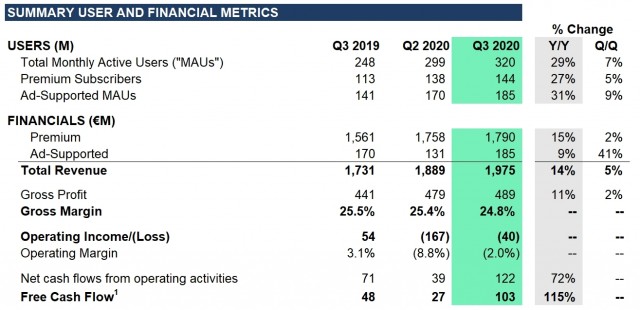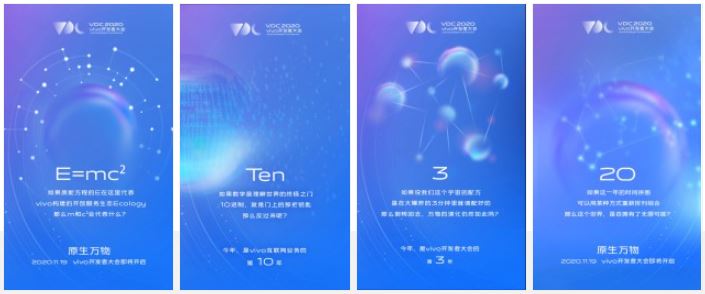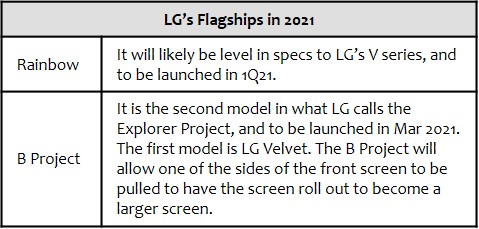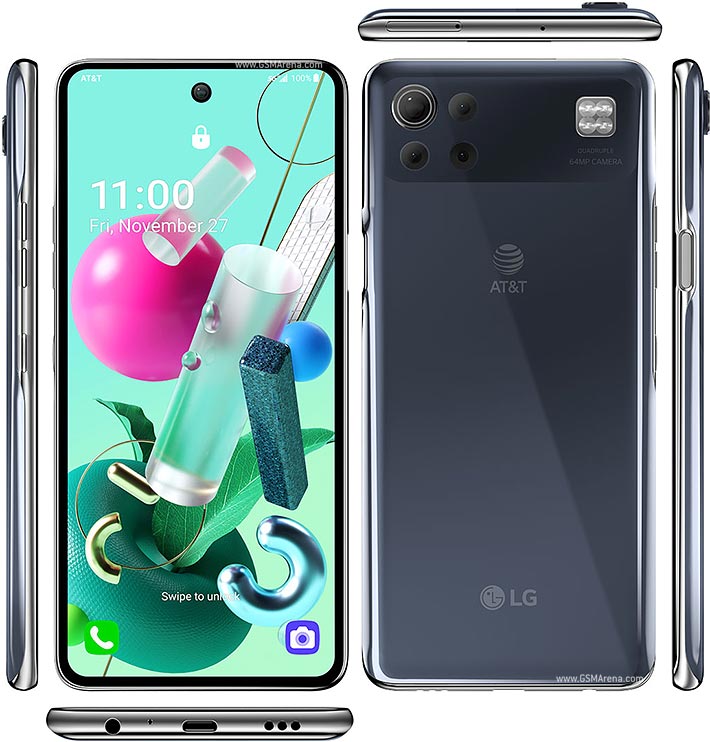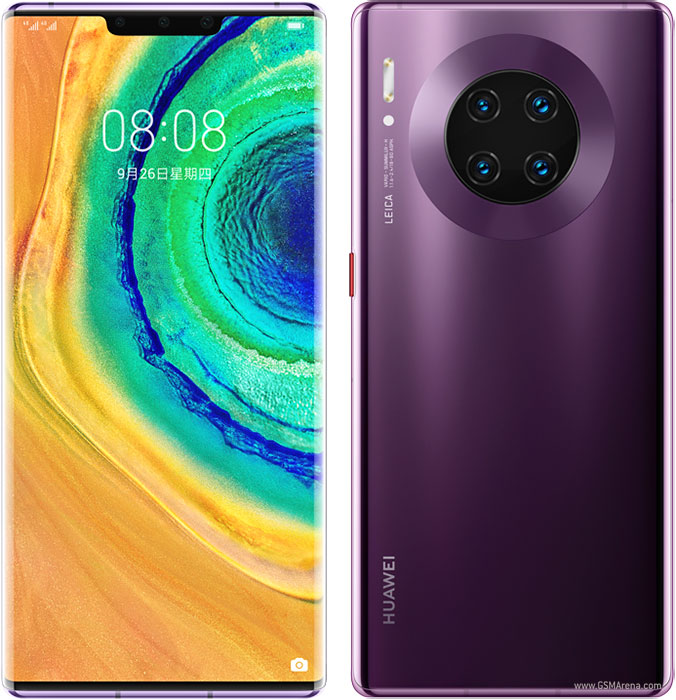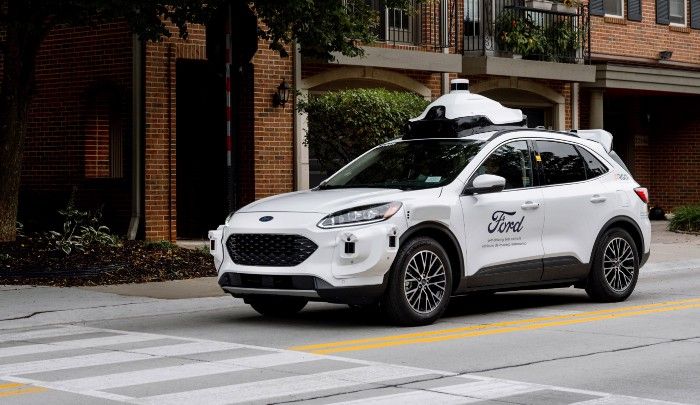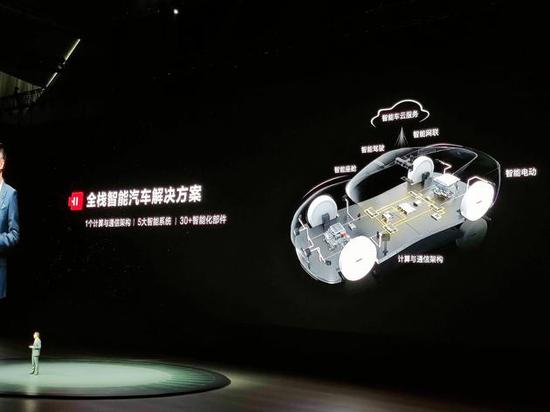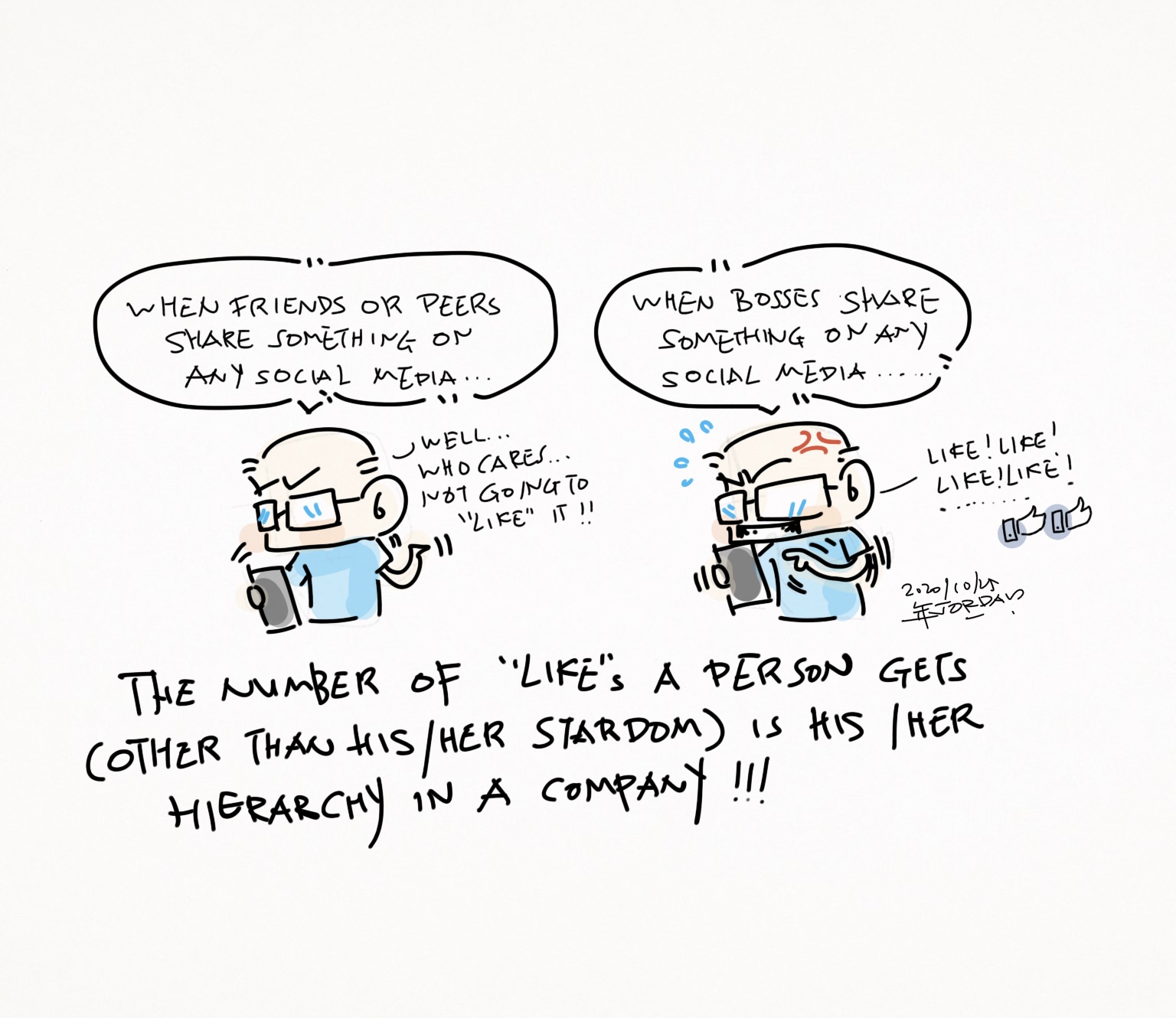
10-31 #Hierarchy: The AMOLED from TCL CSOT has reportedly passed Samsung’s testing and verification; Huawei has an active 120W or even 200W fast charging technology; vivo has officially confirmed that they will launch the Origin OS soon; etc.
Honeywell has announced its newest system: the Model H1. The H1 uses trapped-ion technology and features 10 fully connected qubits that allow it to reach a quantum volume of 128 (where quantum volume [QV] is a metric of the overall compute power of a quantum computer, no matter the underlying technology). The H1 will be available to enterprises through the Azure Quantum platform and the company says that it is partnering with Zapata Computing and Cambridgeho Quantum Computing on this project. (TechCrunch, Engadget, Barrons, Sina, CN Beta)
The AMOLED from TCL CSOT has reportedly passed Samsung’s testing and verification. TCL CSOT will supply AMOLED to Samsung’s mid- and low-end smartphones. Samsung hopes to introduce more AMOLED suppliers to reduce costs. In addition to TCL SOT, Samsung is also testing and verifying AMOLED from Visionox and BOE. (Laoyaoba, Sohu)
Xiaomi is allegedly working on a new foldable device codenamed “Cetus”. Cetus is reportedly to feature Qualcomm Snapdragon processor and have a 108MP primary camera. (Android Authority, XDA-Developers)
Samsung mobile business contributed KRW4.45T (USD3.9B) in operating profits, a rise of KRW1.54T (USD10.9B) from the same time period a year ago. The company has revealed that foldable smartphones account for little in total smartphone sales, yet the company plans to expand the price range of foldable smartphones. (Gizmo China, The Elec)
Half of new flexible OLED smartphones launching in 2021 will be produced by Apple, according to Stone Partners. According to the research firm, 315M smartphones launching in 2021 will use a flexible OLED panel. Stone Partners expected 282M smartphones will use rigid OLED panels in 2021, a 24% increase from 227M units in 2020. Samsung’s flexible OLED smartphone shipment, meanwhile, is expected to increase from 53M in 2020 to 90M in 2021. (Gizmo China, The Elec)
A newly-published patent filing “Hybrid coverlay / window structure for flexible display applications” has revealed that Apple is developing a protective layer to resist cracking on foldable displays, as well as improve scratch resistance and durability. The patent notes that “typically, glass fracture initiates from the presence of micro-cracks”. Apple’s hard coat layer would fill pre-existing micro-cracks and therefore make it harder for a serious crack to develop. (Gizmo China, Mac Rumors, Patently Apple)
Huawei consumer business group CEO Richard Yu has revealed that Huawei has an active 120W or even 200W fast charging technology. He has further indicated that the 66W fast charging is the most suitable fast charging technology for now. This is because such fast charging technology is logical for really big batteries. (GizChina, IT Home)
Samsung has announced the launch of SmartThings Find, a new service that helps users quickly and easily locate Galaxy devices. SmartThings Find uses Bluetooth Low Energy (BLE) and ultra-wideband (UWB) technologies to help people find select Galaxy smartphones, tablets, smartwatches and earbuds. (Android Authority, Samsung)
The worldwide smartphone market showed signs of improvement in 3Q20 with shipments declining just 1.3% YoY, according to IDC. In total, 353.6M smartphones were shipped during 3Q20 and while the market declined. This is largely attributed to the re-opening of economies around the globe as COVID-19 restrictions were gradually relaxed. Samsung reclaimed the top position in 3Q20 with a market share of 22.7% after shipping 80.4M smartphones, up 2.9% year over year. (Phone Arena, IDC)
According to Counterpoint Research, Indian smartphone market crossed 53M units in 3Q20. The smartphone shipments registered 9% YoY growth as brands rushed for channel-fill weeks ahead of their usual cycle to capture festive season demand. Samsung led the Indian smartphone market with 24% shipment share for the first time since 3Q20 Xiaomi followed closely with 23% share and remained the top online brand. Market ASP (average selling price) increased as the mid-tier segment (INR10,000-INR20,000) gained its highest ever shipment share in a quarter. (Gizmo China, Counterpoint Research)
The global smartphone market declined 4% YoY but grew 32% QoQ to reach 366M units in 3Q20, according to Counterpoint Research. This recovery was driven by all key markets, like the US, India and Latin America, returning slowly to normal due to eased lockdown conditions. Samsung regained the top spot, shipping 79.8M units to register 47% QoQ and 2% YoY growth. This is the highest ever shipment by Samsung in the last 3 years. Xiaomi grew 75% QoQ to grab 13% share for the quarter. Notably, this was also the first time when Xiaomi surpassed Apple to capture the third spot. (Counterpoint Research)
According to Canalys, the smartphone market in Mainland China declined 8% sequentially, and 15% annually, to reach 83M units. Huawei, while still the leader, saw its volume decline year-on-year in China for the first time since 1Q14, shipping only 34.2M units in 3Q20. vivo and OPPO maintained second and third place, but also declined 13% and 18% annually. Xiaomi, in fourth place, as the only vendor achieved increase, managed a 19% year-on-year growth to ship 10.5M units and narrowed its gap with the top three. (Canalys, CN Beta)
Spotify has announced that it reached 320M monthly active users (MAU) in 3Q20, which represents a massive 29% increase over the 248M reported one year earlier. Premium users now number 144M, which is a 5% increase over the previous quarter and an impressive 27% yearly growth. Spotify predicts it will reachg 340-345M MAUs with 150-154M paid users by the end of 2020. (GSM Arena, Spotify, Phone Arena)
vivo has officially confirmed that they will launch the Origin OS soon. The Origin OS stands for “Original OS”. It will debut with the Vivo X60 series. (Gizmo China, GSM Arena, Sina)
LG Electronics is allegedly planning to expand the use of original design manufacturer (ODM) for its smartphone production. In 2020, 60% of smartphones will be made by ODM, and in 2021, over 70% smartphones launched by LG will be made by ODMs. LG’s ODM partners include Wingtech, Huaqin and Longcheer in China. LG is expected to ship 26M units of smartphones in total in 2020. It is aiming to ship mid-30M units in 2021. (The Elec)
LG will produce strategically important models on its own in 2021. Its next flagship phone, codenamed Rainbow, and its rollable smartphones, codenamed B Project, will be produced by LG itself. The production of successor to LG Velvet, the first of what the company calls its Universal Lineup, launching in 2021 will also be outsourced. (Neowin, Phone Arena, Android Central, The Elec)
LG K92 5G is announced in US – 6.7” 1080×2400 FHD+ IPS LCD HiD, Qualcomm Snapdragon 690 5G, rear quad 64MP-5MP ultrawide-2MP macro-2MP depth + front 16MP, 6+128GB, Android 10.0, side fingerprint, 4000mAh, USD395 (AT&T) / USD359 (Cricket) / USD350 (US Cellular). (GSM Arena, Neowin, Android Central)
Huawei Mate 30E Pro 5G is launched in China – 6.53” 1176×2400 FHD+ OLED notch, Kirin 990E 5G, rear quad 40MP OIS-8MP telephoto 3x optical zoom OIS-40MP ultrawide-3D ToF + front dual 32MP-3D ToF, 8+128 / 8+256GB, Android 10.0, fingerprint on display, 4500mAh 40W, 27W wireless charging, reverse wireless charging, CNY5899 (USD882) / CNY6399 (USD956). (CN Beta, Huawei)
Ford and Argo.ai have unveiled their latest autonomous prototype that’s based on the Ford Escape Hybrid. The electrified SUV will serve as the platform for Argo AI to launch its autonomous vehicle service and act as the companies base for perfecting its self-driving technology. Argo.ai will use the heavily-modified Escape Hybrids to begin testing autonomous technology in multiple cities. (CN Beta, Future Car, Fleet Forward, Industry Week)
Huawei has introduced the “HI” brand for intelligent automotive solutions, dedicated to jointly develop intelligent electric vehicles (EVs) with industry partners by using Huawei’s intelligent car solutions and operating system. HI solution is powered by Huawei’s all-new architecture for computing and communication and five intelligent system that focuses on the driving, driving, intelligent cockpit, intelligent electrification, connectivity, and intelligent automobile cloud respectively. (CN Beta, Huawei Central, Gasgoo, CN Techpost)

